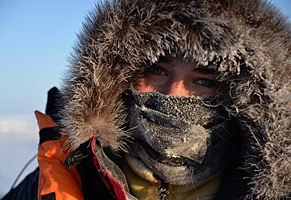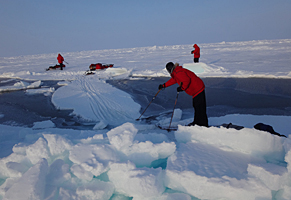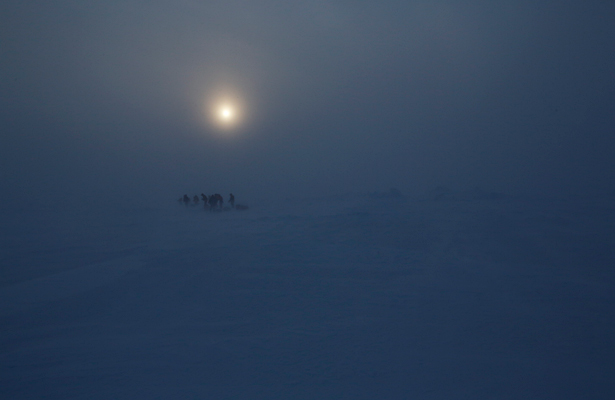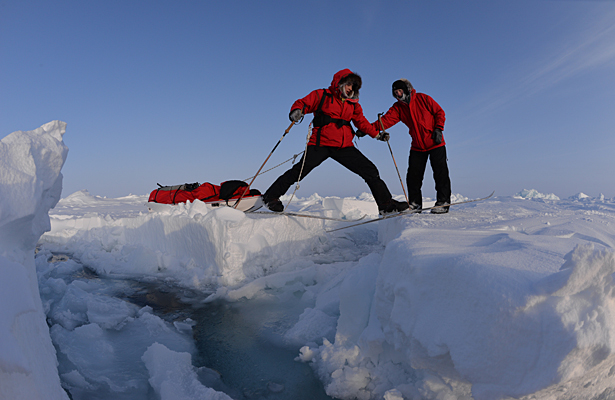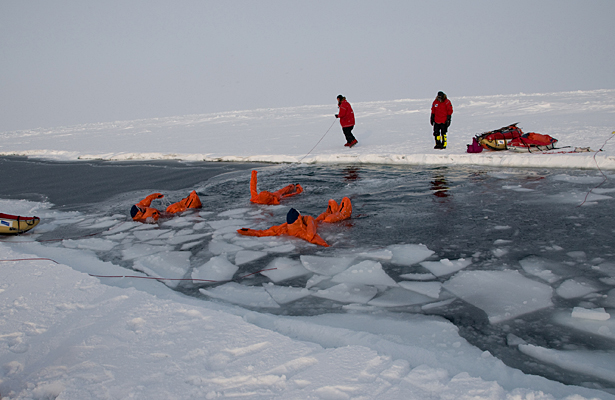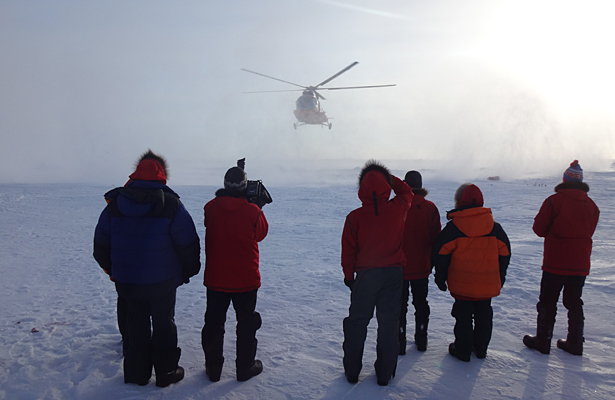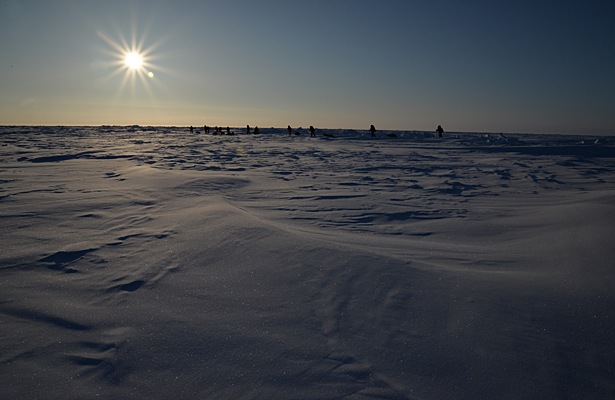A journey to the North Pole is considered one of the world’s greatest adventures. In April 2014, a group of Russian students set out to reach the northernmost part of our planet; "On snow skis to the North Pole" was the motto of the expedition led by the Arctic researchers Matvey Shparo and Boris Smolin. They had gathered around them a small group of seven youngsters who were prepared to discover their limits on this journey.
The children came mainly from disadvantaged families, group homes or orphanages. They had to demonstrate their suitability for such a strenuous trip by undergoing exhaustive selection tests.
Shparo explains: “To be able to take part in the expedition, the candidates had to qualify via different stages. They trained under the supervision of psychologists and physiologists in our Big Adventure children's camp. We selected seven youths from a large number of applicants. Mental stamina was considered to be the most important criterion."
Not earlier, not later: only in April
The month of April is the only one that offers the opportunity to travel to the North Pole on foot, and the Russian group’s journey started off from the Barneo ice camp, located in the middle of the ocean on a two to three meter thick layer of ice. Underneath, the water reaches a depth of 4000 meters.
As the ice begins melting in May, the Barneo camp was then disbanded, and from there the group floated on drifting ice floes in a northerly direction.
The relentless cold of the Arctic
The Arctic welcomed the travel group with a merciless grip of cold: temperatures down to -32 degrees Celsius and wind which at times hit them so hard that they had to lean against it in order to make any headway.
Most tourists book a helicopter flight to the Pole, fly there in 40 minutes, stretch their legs for two hours or so and then fly back again. But Shparo's group decided to do it the hard way: they wanted to master the 110 kilometers on their skis – and on top of drifting ice floes with the North Pole Sea constantly beneath them.
"The trip can be planned for, but it does provide for certain adrenalin kicks," explains Shparo.
Indeed, the initial windstorm was not the only obstacle on the journey: time and again, the ice floes brought them off course. On some cold Arctic nights, the group’s tents on the ice floes drifted away from their destination. Valuable kilometers were continually lost. In fact, these unintended detours forced the group to cover an extra 70 kilometers.
